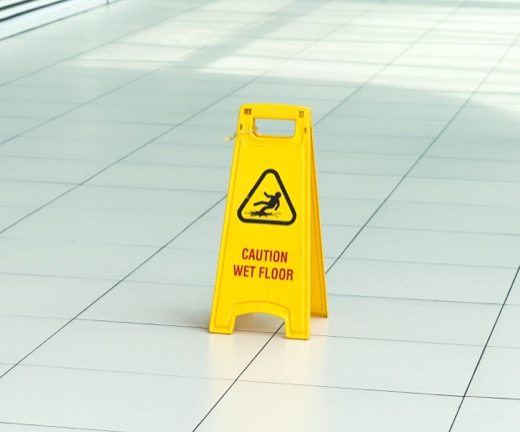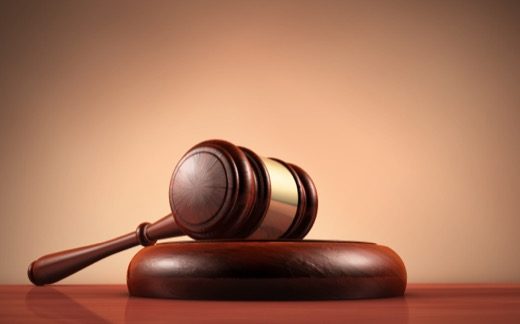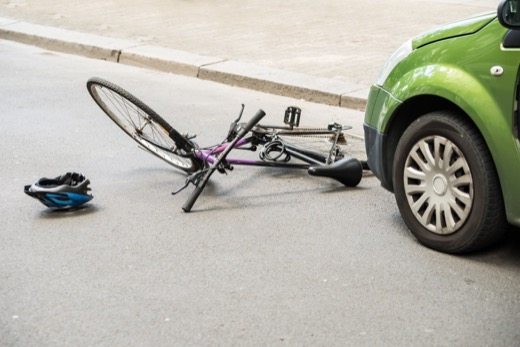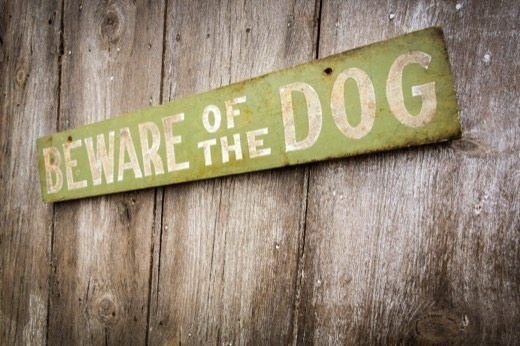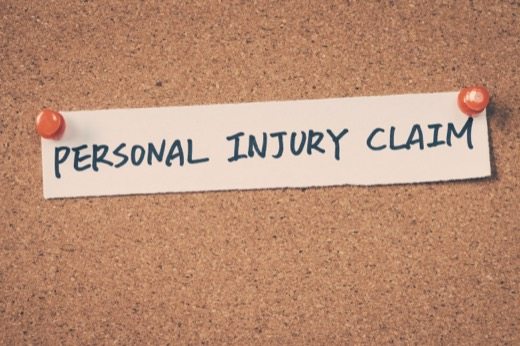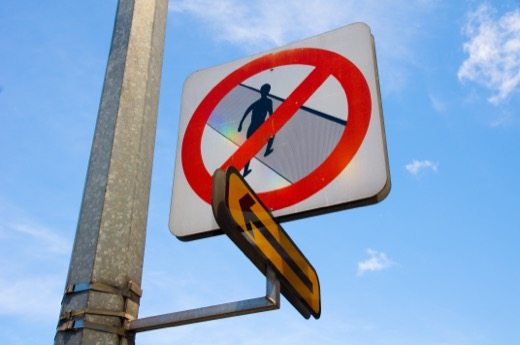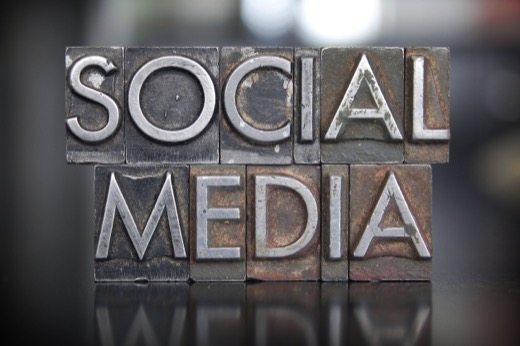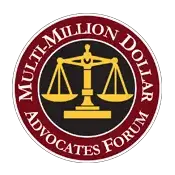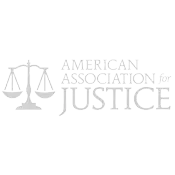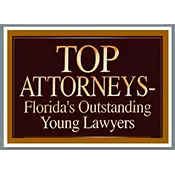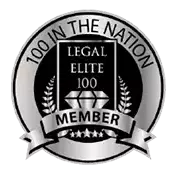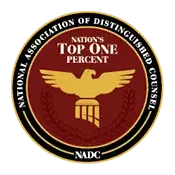Different Types of Compensation You May be Entitled to in Your Personal Injury Case
If you have been injured in an accident, or if you have lost a loved one due to a personal injury, you may be entitled to compensation. In the state of Florida, compensation comes in two forms: economic damages and noneconomic damages. Economic damages include such things as medical expenses, past lost income, future lost income, the cost of repair or replacement for items lost, and other economic losses that would not have occurred but for the injury.
Past Medical Expenses
You may be entitled to be compensated for past medical expenses. Medical expenses include such things as the following:
The cost of your hospitalization;
The cost of your laboratory tests;
X-rays;
CAT scans; or
Any other procedure that was done in the hospital in order to treat your injuries.
It also covers ongoing medical care. This is not limited to seeing your primary physician. It also covers such things as seeing a physical therapist or, where appropriate, seeing a chiropractor to address your injuries. Your medical expenses also cover prescription medication, as well as durable medical equipment. If you are required to use crutches, or purchase a brace, or any other medical device to assist you in your recovery, this cost would be covered. Mileage to and from your medical appointments is also considered a compensable expense in the state of Florida.
Future Medical Expenses
Future medical expenses are also compensable. Your lawyer, in conjunction with your treating physician, will make a determination, based on the best evidence available to them, about how much further medical care you may need. This will be included in either a negotiated settlement or requested at a trial.
Past Lost Income
If you lost income because you were out of work for your injury, you are entitled to recover that income. This is not only limited to days that you were not paid, but also covers those days when you are required to take sick leave in order to either recover from your injuries, or attend medical appointments. We have previously discussed the importance of keeping a personal injury diary on this blog. Your personal injury diary will provide a clear indication of when you sought medical attention due to the injuries at hand, rather than the use of an ordinary sick day.
Future Lost Income
If it is evident that you will not be able to work for the foreseeable future, you are entitled to recover future lost income. Your attorney, along with an expert in future lost earnings, will calculate a reasonable estimate as to what your future lost earnings will be, based on input from your medical professional. They will consider the amount of time you will need to fully recover, based on the unique facts and circumstances of your case.
Replacement Value of Lost Personal Property
If, for example, you were injured in a car accident, and your vehicle was totaled, you are entitled to the cost of the replacement of your vehicles. Similarly, if your car contained a set of golf clubs, and those golf clubs were destroyed in the accident, you are entitled to recover the cost of replacing the golf clubs.
Funeral Expenses
If you have lost a loved one due to a personal injury, you may be entitled to be compensated for funeral expenses.
Any Other Economic Loss that Would Have Occurred but for the Injury
Every case is different. You may have incurred other economic losses that you would not have incurred except for the injury. If this is true in your case, you are entitled to recover those losses. Talking to an attorney well versed in personal injury law can assist you in identifying whether you have suffered other economic losses.
Non-economic Damages
Non-economic damages are for such things as pain and suffering, and mental anguish. The idea behind non-economic damages is to compensate you for intangibles that rise out of your injury.
Pain and Suffering
Pain and suffering are not uncommon in personal injury cases. Your personal injury journal you will provide real-time information about how you are feeling each day, and how your injuries were and are impacting your daily life. Your personal injury journal will include important details that will be needed at your personal injury trial to illustrate the nature and extent of your pain and suffering. It’s very important that you are honest in your personal injury journal, both about the nature and extent of your injuries and the pain and suffering that you are experiencing. This is not the time to be shy, modest, or stoic. This information is critical in resolving your personal injury case for what it is actually worth
Mental Anguish
Just like pain and suffering, mental anguish is something that you are entitled to recover in the state of Florida. Determining the extent of your mental anguish, however, can best be determined by reviewing your personal injury diary. This will be a real time documentation of incidents and experiences that you will have had over the time between the day that you were injured to the time that you go to trial. It’s easy to forget small instances that cause mental anguish over the course of the year to 18 months that it may take for your case to get to trial. As such, it is best that you document them at the time.
What to Do If You Have Been Injured in an Accident
If you have been injured in an accident, or if you have lost a loved one due to an accident, you need an advocate on your side to assist you in obtaining the compensation you are entitled to. The attorneys at Madalon Law are available to review the facts and circumstances of your case to determine what compensation you may be entitled to. There are statutory limitations to the time you are allowed to file your claim. Don’t wait until it is too late. Contact us today.

